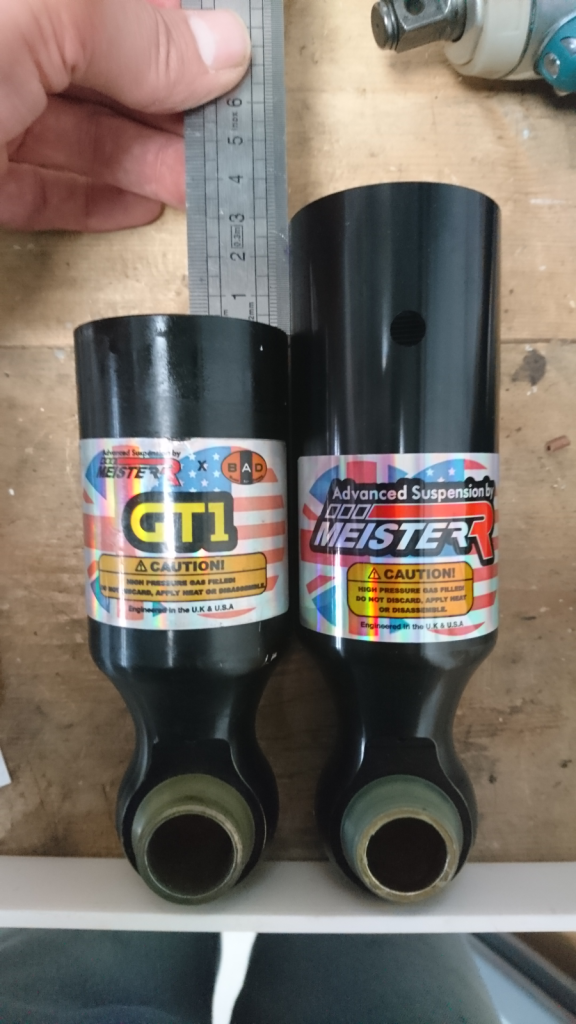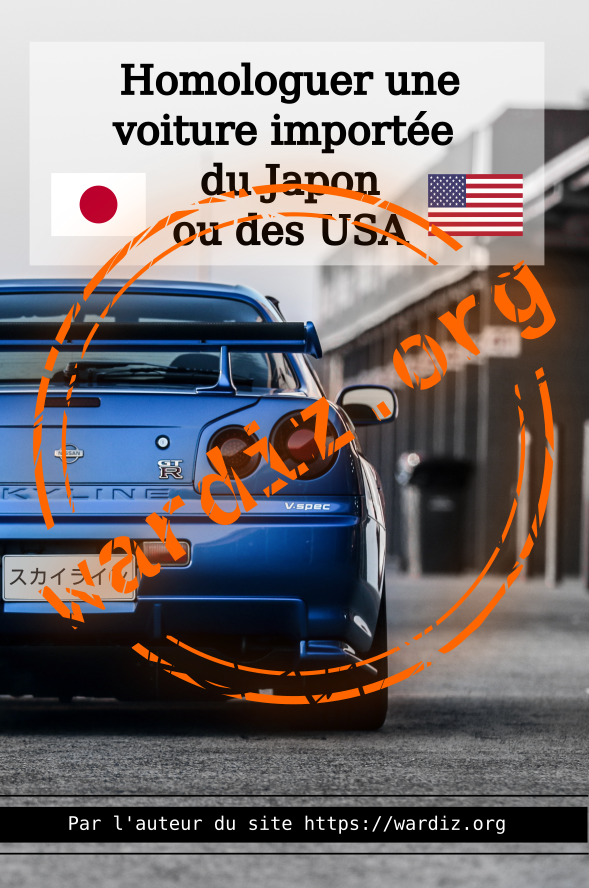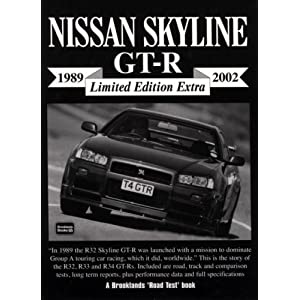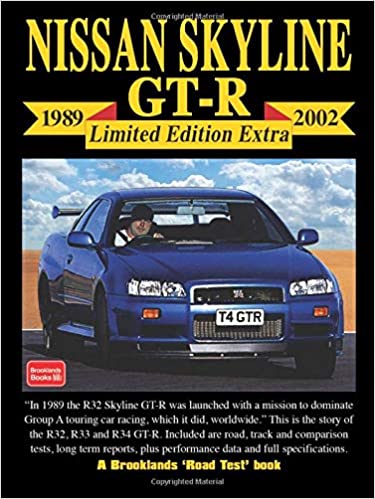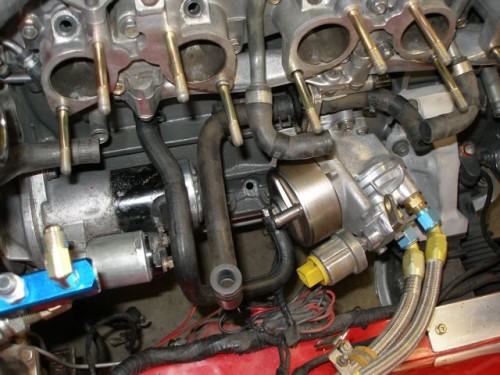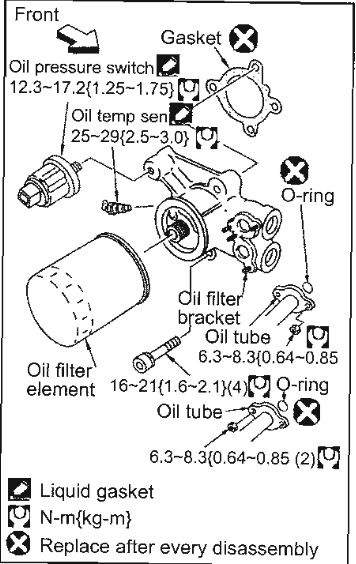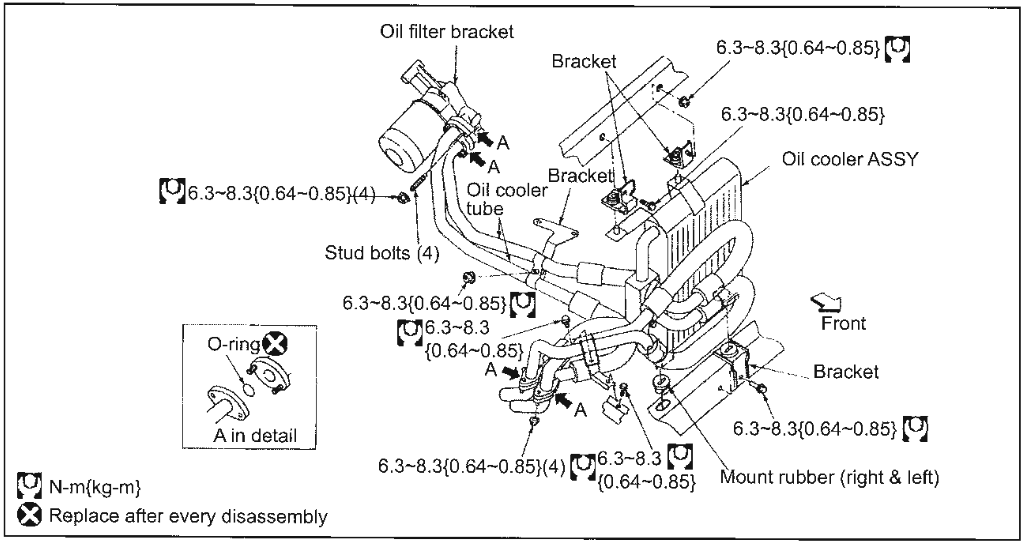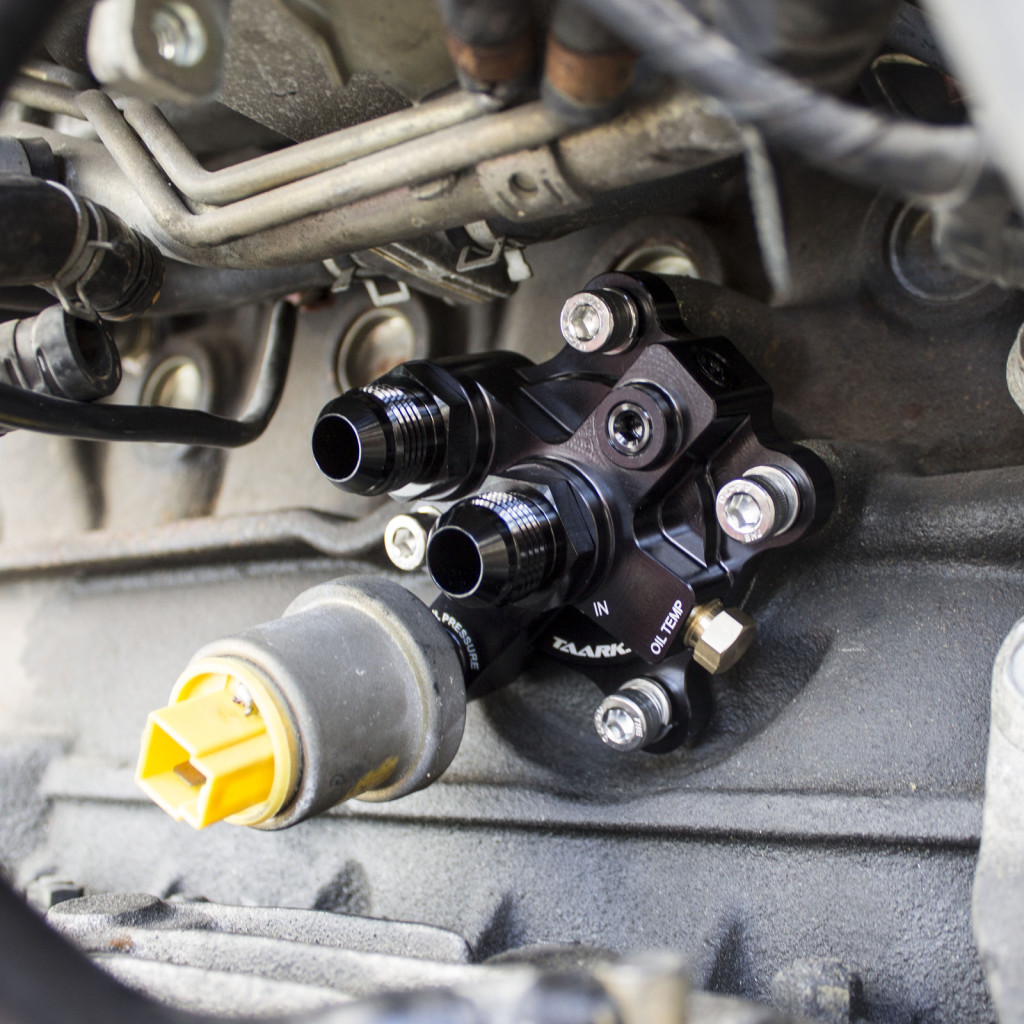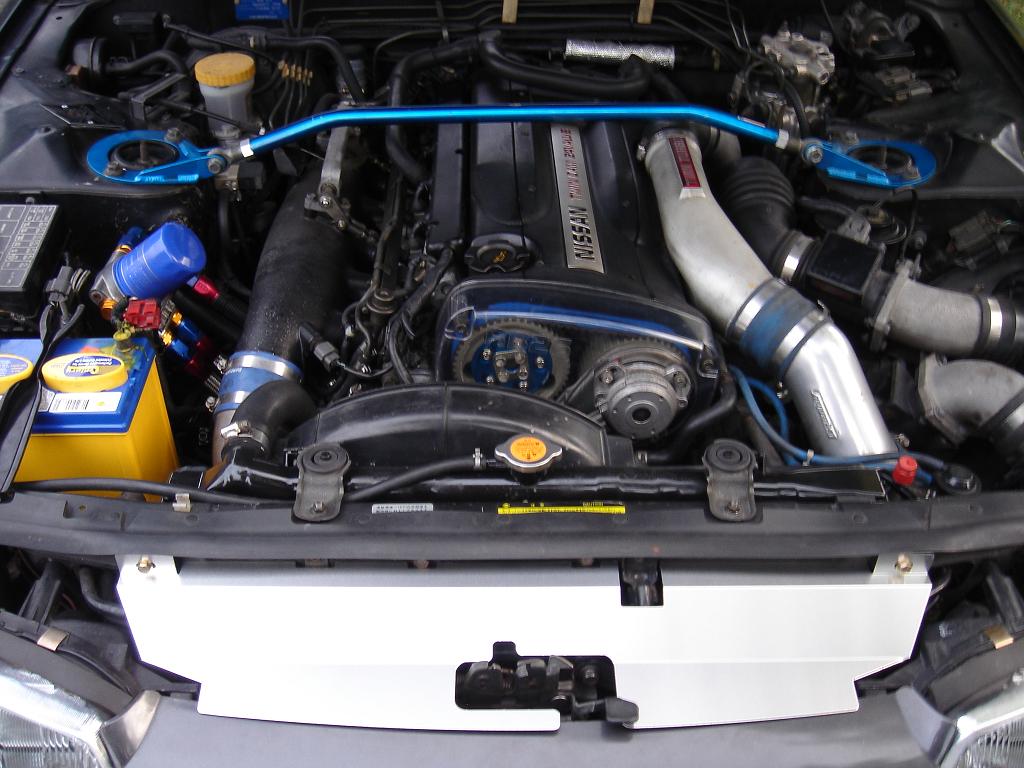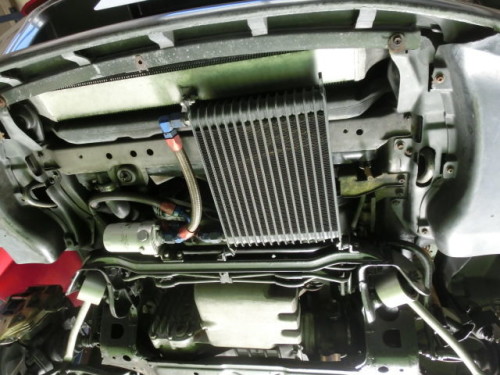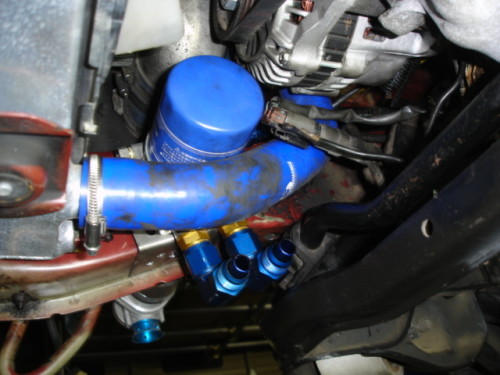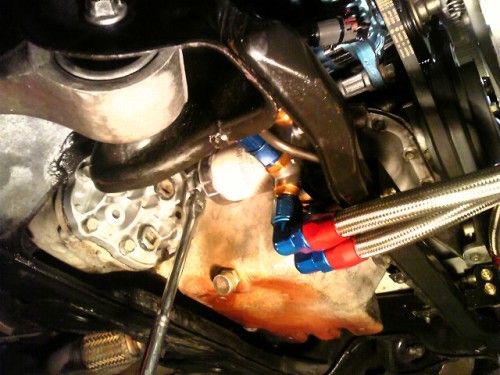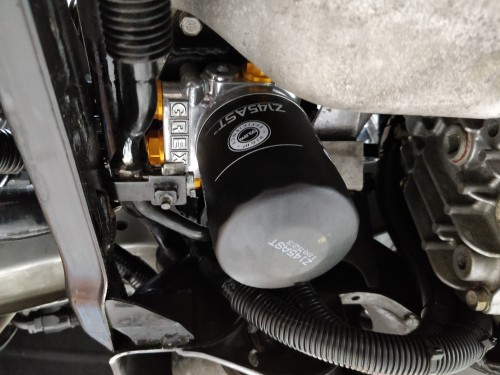A quick article about adapting a keyfob from a late model on a early model of R34.

If you have an early R34 no matter the version (GT-R, GT-T, V-spec, …) at some point you may want or wanted to get a new remote control. Saddly keyfob for early models are discontinued now. Fortunately keyfob for later models are still available (part number is 28268-AB100) … but it will not work with early model as Nissan obviously did some incompatible changes.
There is a solution to make the late keyfob model works on early models !
First thing to understand is the keyfob works with a keyless entry control unit (sometimes called a smart entry module or control unit). Thus the OEM keyless entry needs to be replaced. It can be done without too much pain. You will need to find a keyless entry module from another Nissan model that’s compatible with the late remote control.
I don’t have an exhaustive list of the compatible modules but basically it must comes from a model that works with the following key part number : 285A1-C9921.
Modules can be second hands and they usually cost around 30€ (there are more expensive unit without any benefit). I sourced a keyless entry module from a S15 late model (part number 28595-85F10). Beware that the connector won’t be compatible but it’s not an issue as I’ll show you how to make a adapter for the existing connector.
The keyless entry control unit from a late R34 should obviously works as well.
Below are both connectors : first the early connector and second the later connector (it has four more pins). I wasn’t able to find a suitable keyless entry module from a USA or European model. It looks like the donnor car has to be japanese or australian.
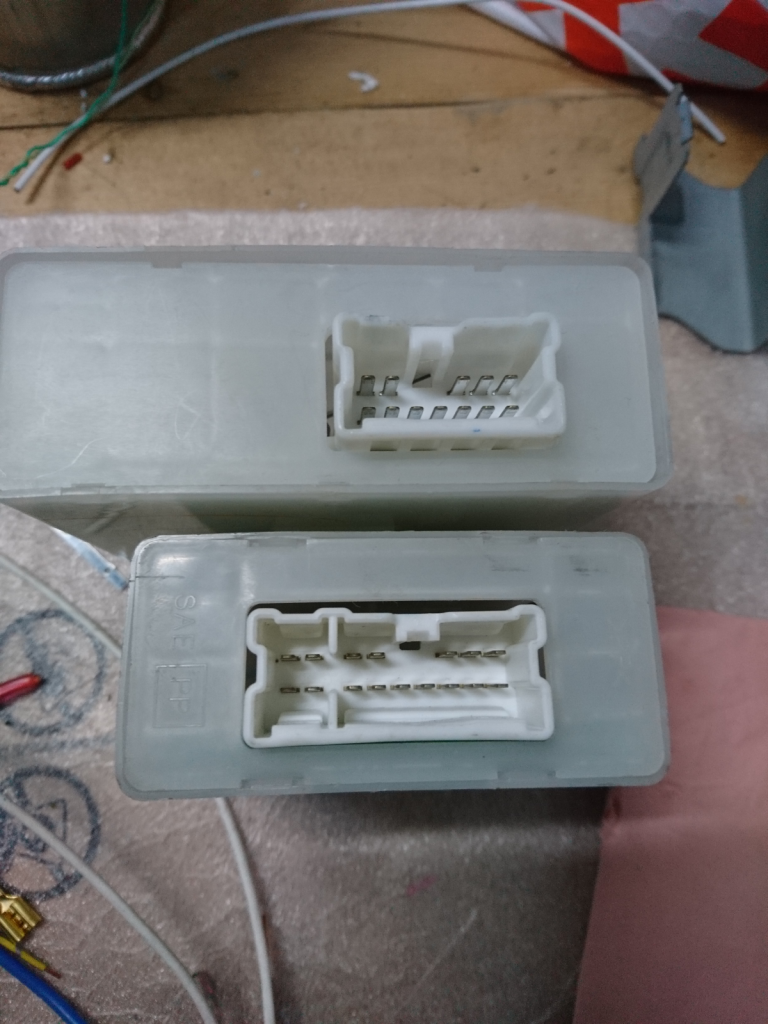
Once you have your keyless module entry you need to source the wiring diagram. Even if it’s written in japanese you can compare it to the early model with english comments and find out quickly they are very similar.
Below is the wiring schema of the R34 early model (12 pins but 11 in use).
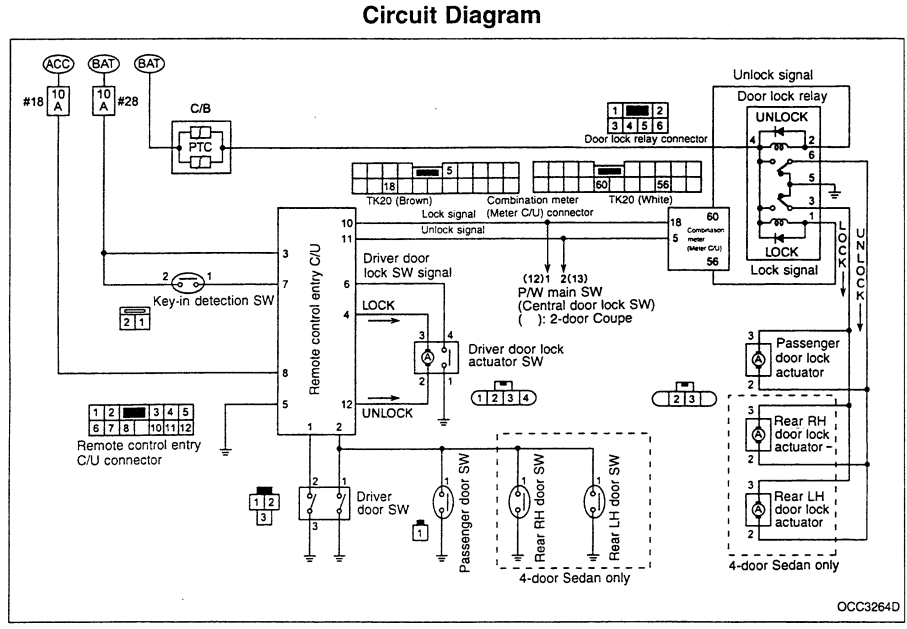
And now the wiring schema of a keyless entry module from a 180sx :
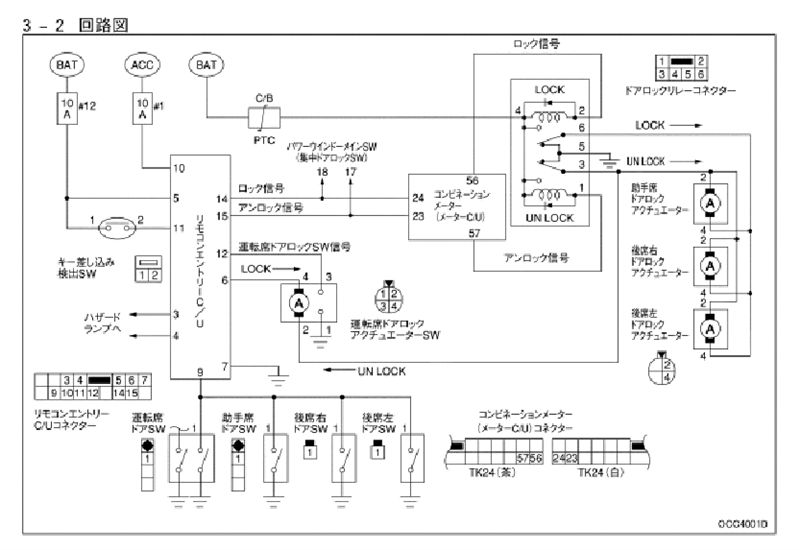
Did you notice I sourced a S15 keyless entry module but I used the wiring schema from a 180sx ? They are basically the same are they share the same wiring. That’s a thing to recall : for a given period (around 2000-2002 years) most keyless entry modules are very similar : you can probably rely on fact that a module with the 16 pins connector should fit but always check the wiring schema before !
Comparing the two diagrams here are the corresponding pins with the early R34 module and the S15 module :
Pin correspondance
| Description |
12 pin connector |
16 pin connector |
|---|
| Driver door switch input signal |
1 |
not used |
| All door switch input signal |
2 |
9 |
| Battery |
3 |
5 |
| Driver door lock actuator lock output signal |
4 |
6 |
| Ground |
5 |
7 |
| Driver door lock switch signal |
6 |
12 |
| Key-in detector switch input signal |
7 |
11 |
| Acc power supply |
8 |
10 |
| Not used |
9 |
not used |
| Passenger door lock output signal |
10 |
14 |
| Passenger door unlock output signal |
11 |
15 |
| Driver door lock actuator unlock ouput signal |
12 |
(*1) |
| N/A |
13 |
N/A |
| Warning switch left |
N/A |
3 |
| Warning switch right |
N/A |
4 |
1* : on the 12 pin plug (not the keyless module), pin #12 should be be connected to the pin #6 of the relay connector.
Original schema with S15 keyless entry box : in black the original pin number, in red the S15 pin number and the additionnal wiring :

The new « wire » (in red) replaces the lack of Unlock signal from the keyless entry module. The unlock signal is taken from the door lock relay connector (pin #6) … and goes on pin12 of the OEM connector (thus going to pin #2 of driver door lock actuator switch). There might be an easier routing but I haven’t dig that much as this solution works well.
New pins #3 and #4 should be connected to pins #1 and #2 of the hazard light switch (so you get a feed back with hazard lights when locking or unlocking doors with the remote control). That’s the white wire and the green wire on the picture :
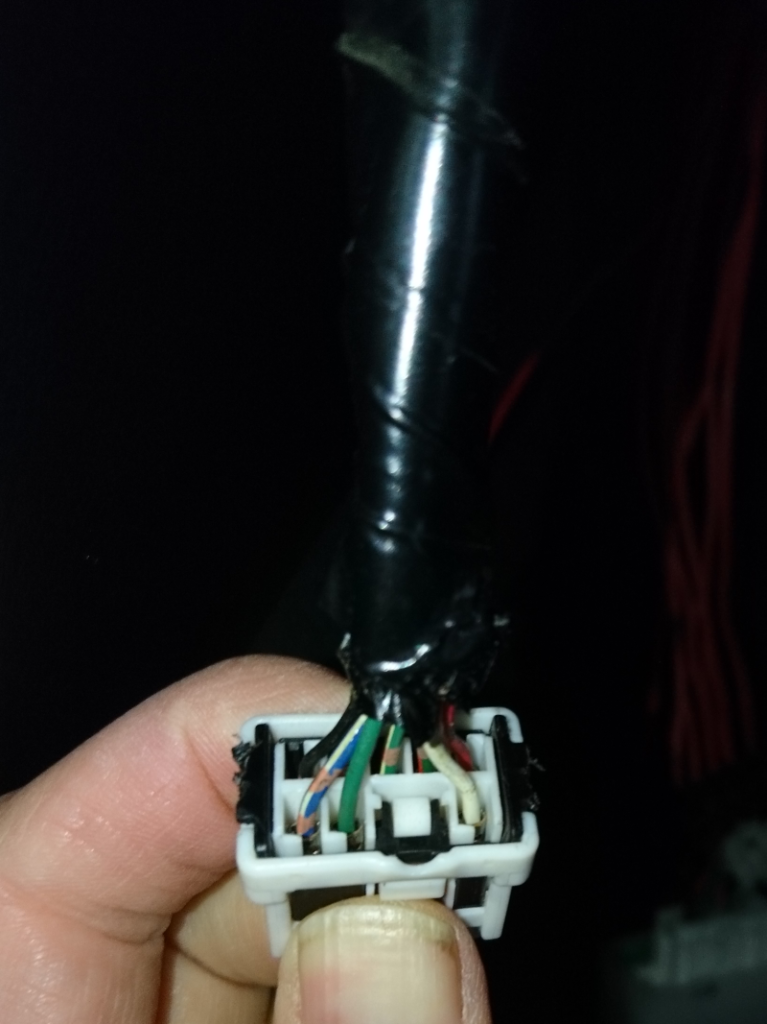
Making the adapter
To perform the job you need to remove the panel under the steering wheel so you have easy access to the keyless entry module and the door lock relay.
Below is the S15 keyless entry control unit, the matching 16 pin connector and a 12 pin connector (that will be plugged on the OEM connector). I also sourced the proper pins (male and female) to make the adapter. See the end of the article where to source the connectors and the pins.
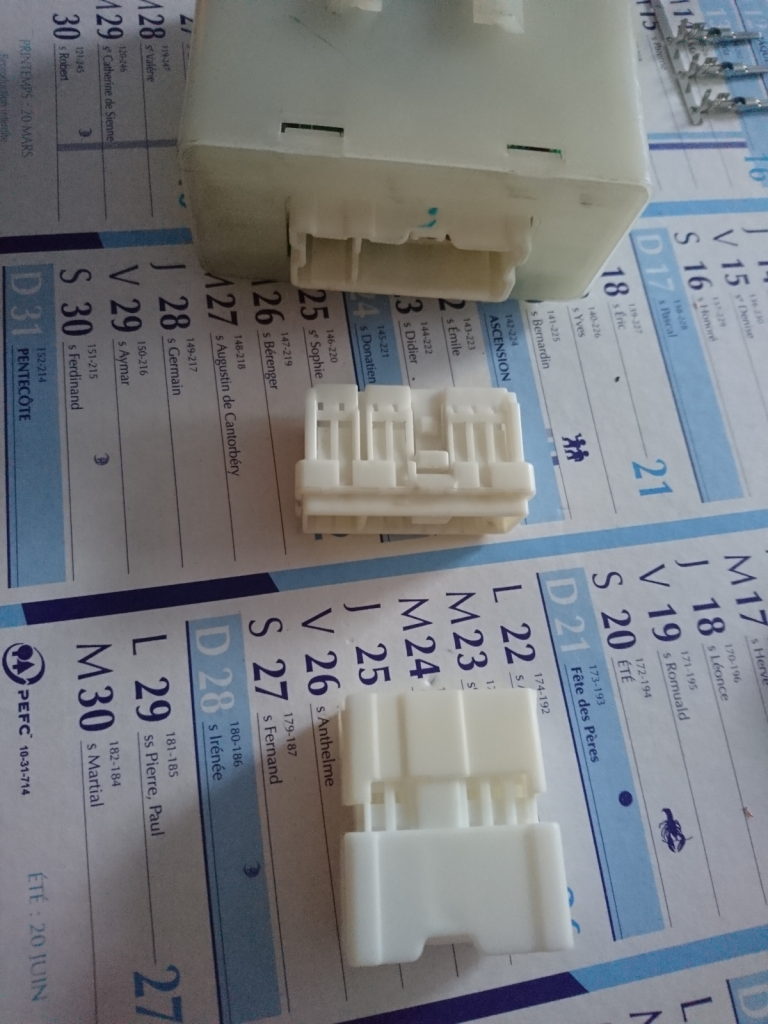
Below is the adapter mostly done. The long white wire goes to the pin #6 of the driver door lock actuator switch : remember that on the OEM keyless control unit pin#12 (unlock signal) goes to pin #2 of the driver door lock actuator switch. Doing this routes the unlock signal to the door lock actuator switch. The two wires (with bullet terminals) are connected to pin #1 and pin #2 of the hazard switch.
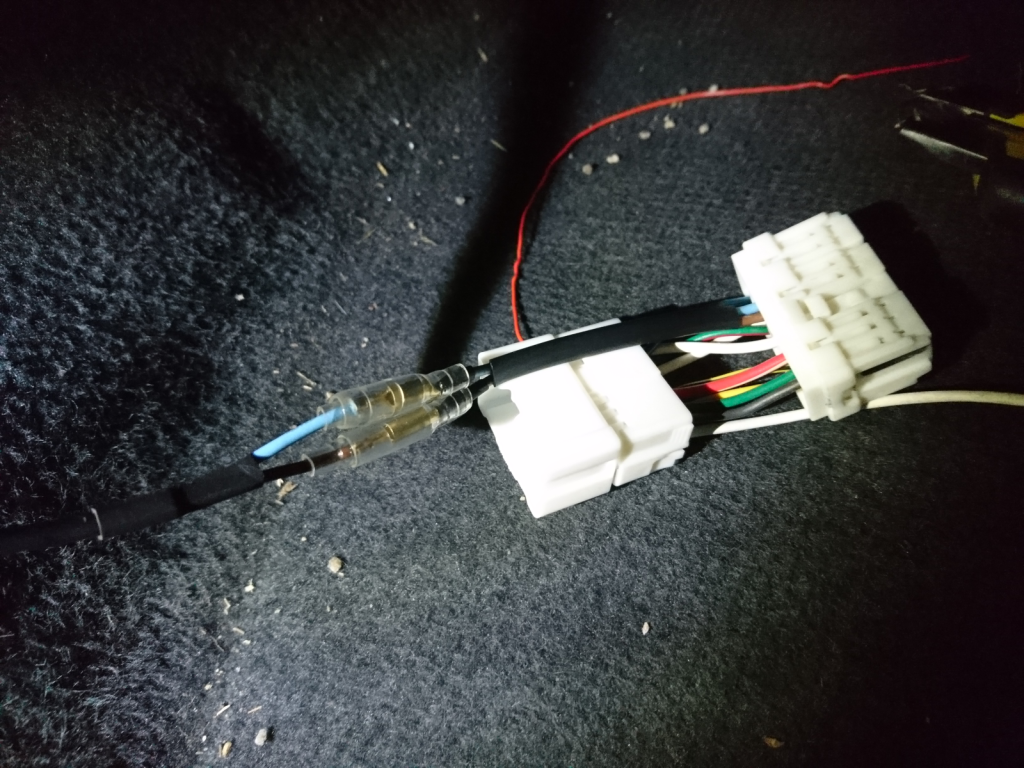
Below a picture of the door lock relay and it connector. You can see the wire from pin #1 going to pin #12 of 12 pin plug.
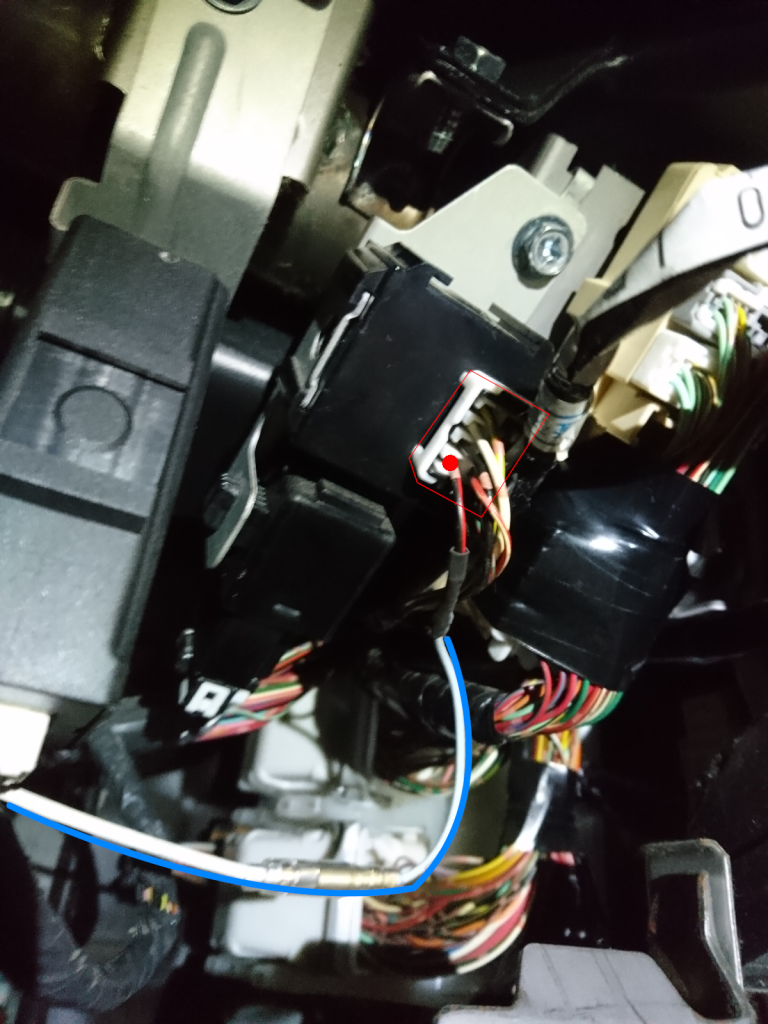
Now how to register the new keyfob : same procedure as the R34 with one exception : after the 6th time you insert/remove key the passenger door will unlock but not the driver door : unlock it, lock it, insert the key and turn it on ACC then press any button of the new remote control. You have to perform smoothly the moves for this to work but within 3 seconds. If you’re successfull the passenger door should lock : you’re done !
You can get the 12 pins and 16 pins connectors from here : https://item.rakuten.co.jp/auc-hi-1000/16p090-nslc-f-tr and https://item.rakuten.co.jp/auc-hi-1000/12p090-nslc-m-tr, don’t forget to order the male and female pins. It’s best to order a little more than require is case you waste some of them if you’re not confortable with a crimp plier (and it’s really cheap)
This is the crimp plier I’ve been using (I bought it from amazon) :
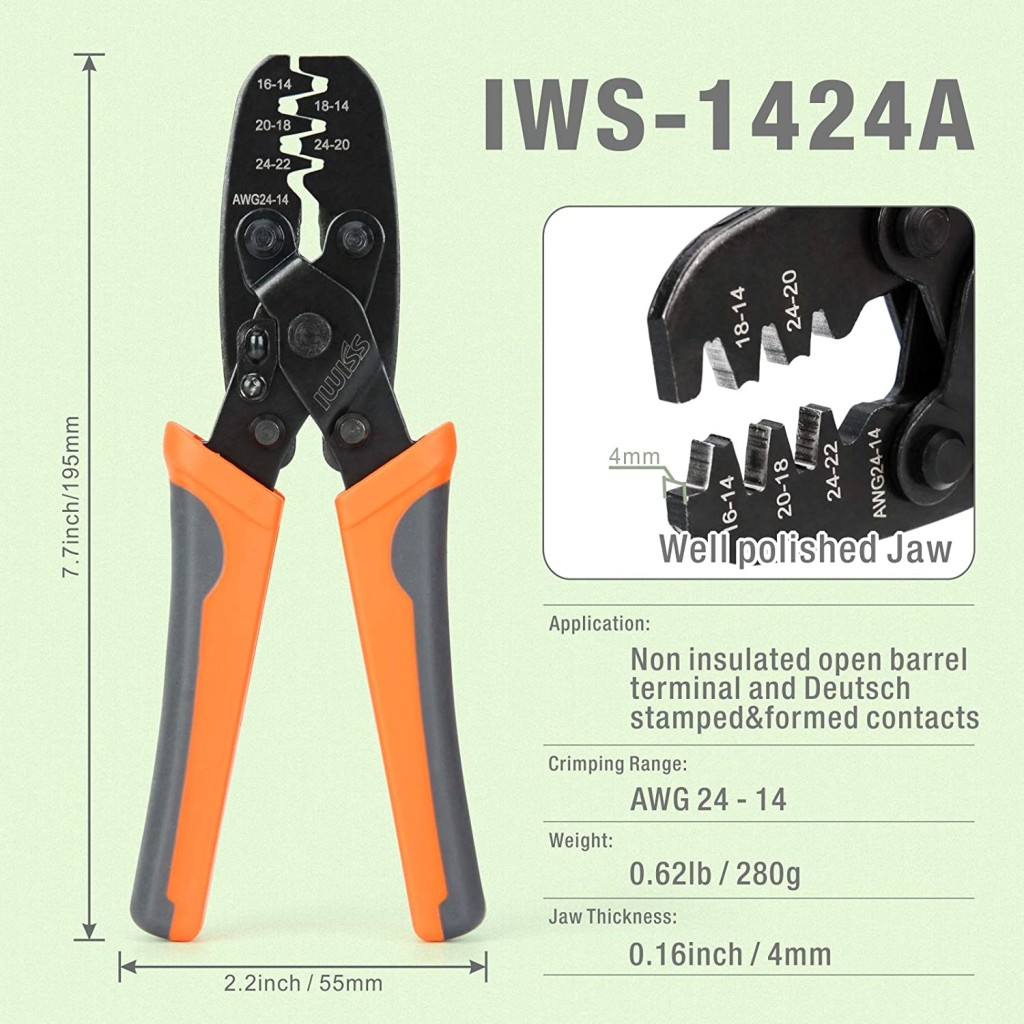
28268-AB100, keyfob, keyless entry, R34, remote control

